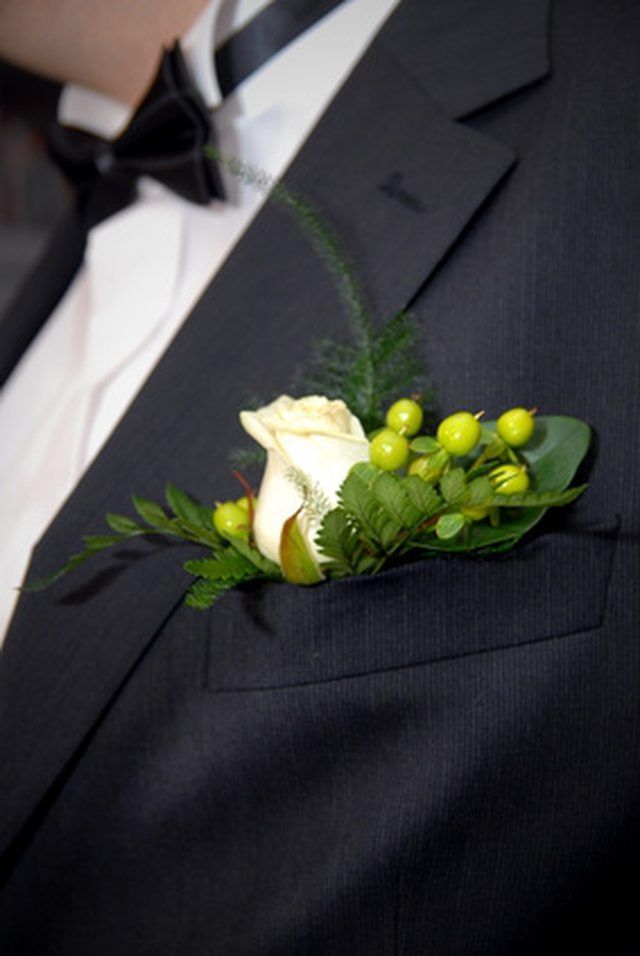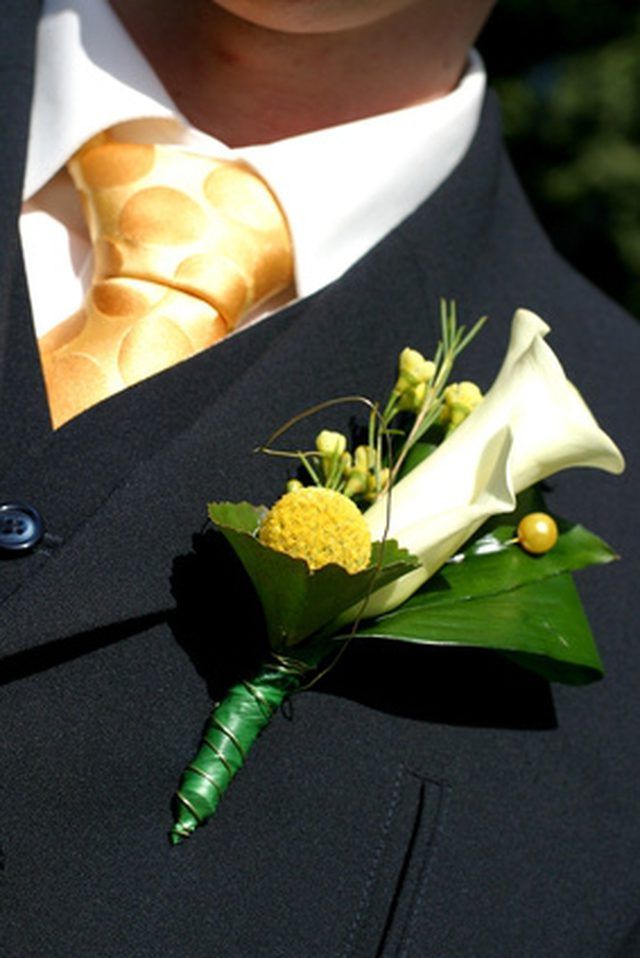Bulbs
Flower Basics
Flower Beds & Specialty Gardens
Flower Garden
Garden Furniture
Garden Gnomes
Garden Seeds
Garden Sheds
Garden Statues
Garden Tools & Supplies
Gardening Basics
Green & Organic
Groundcovers & Vines
Growing Annuals
Growing Basil
Growing Beans
Growing Berries
Growing Blueberries
Growing Cactus
Growing Corn
Growing Cotton
Growing Edibles
Growing Flowers
Growing Garlic
Growing Grapes
Growing Grass
Growing Herbs
Growing Jasmine
Growing Mint
Growing Mushrooms
Orchids
Growing Peanuts
Growing Perennials
Growing Plants
Growing Rosemary
Growing Roses
Growing Strawberries
Growing Sunflowers
Growing Thyme
Growing Tomatoes
Growing Tulips
Growing Vegetables
Herb Basics
Herb Garden
Indoor Growing
Landscaping Basics
Landscaping Patios
Landscaping Plants
Landscaping Shrubs
Landscaping Trees
Landscaping Walks & Pathways
Lawn Basics
Lawn Maintenance
Lawn Mowers
Lawn Ornaments
Lawn Planting
Lawn Tools
Outdoor Growing
Overall Landscape Planning
Pests, Weeds & Problems
Plant Basics
Rock Garden
Rose Garden
Shrubs
Soil
Specialty Gardens
Trees
Vegetable Garden
Yard Maintenance
The Difference Between a Corsage & Boutonniere
The Difference Between a Corsage & Boutonniere. Corsages and boutonnieres add elegance to a celebration, wedding or formal dance. A corsage is worn by a woman, either on the left side of the dress or on the wrist, and the boutonniere is worn by the man on his left lapel. The colors and designs of the flowers either match or accent each other and...

Corsages and boutonnieres add elegance to a celebration, wedding or formal dance. A corsage is worn by a woman, either on the left side of the dress or on the wrist, and the boutonniere is worn by the man on his left lapel. The colors and designs of the flowers either match or accent each other and unify the couple for the occasion.
Definition of Boutonniere
The word, boutonniere comes from the French, but the English call it the "buttonhole." The boutonniere usually is one flower bud or single flower that can stand alone, or be surrounded by greenery, filler or ribbon. This is worn by a man. Traditionally the flower was looped through the lapel buttonhole on the left side of a man's tuxedo or suit coat. If the jacket does not have the buttonhole, then the flower is pinned on the lapel.

Definition of Corsage
The word corsage comes from the French word for bodice. Corsages are usually three or more clusters of flowers and can be arranged with greenery, filler and ribbon. The corsage is an arrangement of flowers worn by a woman on the left side of her dress. It can also be a wrist corsage, where the flowers are attached to a wide ribbon or elastic band worn on the wrist.
History
People started wearing wreaths and garlands in the Grecian-Roman era, and continued through the middle ages. In the 18th century the English adapted the practice and introduced the nosegay and boutonniere to help ward off evil spirits and repel infectious disease. It also helps ease the bad smells that were found in various parts of the culture. Eventually it became a fashion statement. In the 1940s, Hollywood leading men put on the boutonniere to go out and it caught on for a time as a gentleman's accessory. Now both boutonnieres and corsages are worn at weddings, proms and other formal occasions.

Kinds of Flowers
In earlier decades the majority of corsages and boutonnieres were made up of carnations and gardenias. Currently the popular choices include sweetheart (mini) or standard roses, orchids, lilies, stephanotis, tulips and other small flowers such as cornflowers and freesia. To make a fashion statement today, some men are designing contemporary boutonnieres out of metal, herbs or "found" objects.
Size
Most boutonnieres should be as large as a golf ball. If the single flower is small, it can be enhanced by greens, berries, baby's breath or other filler. Most floral designers suggest a corsage be an odd number of flowers; either three or five, depending on the size of the flowers. An odd number is more aesthetically pleasing to the eye.